A Week in the Bush Vol. 441
on Dec 21, 2022As an incredible year draws to a close, it has been wonderful to be able to continually share so many safari highlights with you all, on a weekly basis! Thank you all for your following – wishing you all a joyous Festive Season and may all your 2023 dreams come true!!
Herewith is the final highlights blog for the year...
Heading into the south of our reserve in search of a male cheetah, we made our way from Selati Camp. We headed into an area around one of the waterholes where we thought he might have gone to have a drink. As we moved into the area, we heard a lot of alarm calls from impala and knew that the male had to be in the area. We circled the impalas to try and see where they were looking and followed the signs that they provided us and found the male drinking water in a small stream that flows from the waterhole.
He got up after having a good drink and made his way through the bush. We could see he was looking for an opportunity to hunt because he would slow down and look around, trying to listen for any sounds. Suddenly he stopped and his head shot up and far off in the distance you could make out a big herd of impalas. We instantly knew that there was a possibility to see a hunt happen so we made our way into a suitable spot to try and watch as the story would unfold. He crept closer and with an adult male impala chasing one of the impala lambs into a bit of an open clearing, the cheetah took the gap and made a run for the young one. It was over before we knew it and the cheetah had chased the young impala and with one leap had the impala in his mouth. In shock, we all just looked at each other being left speechless by what had just happened.
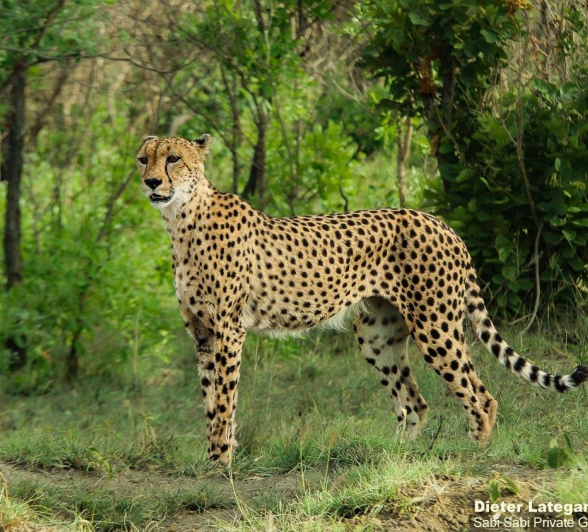
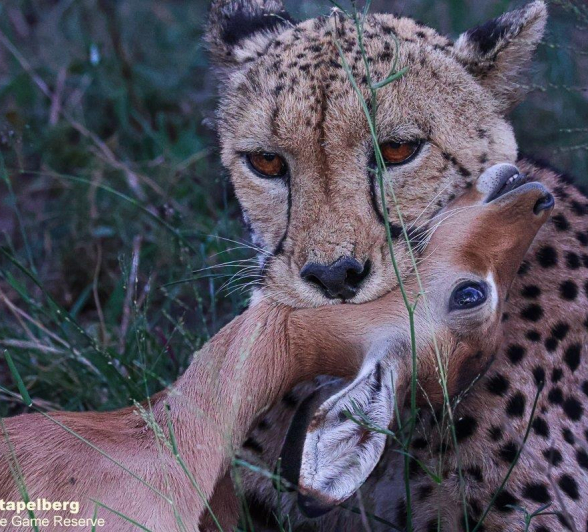
As we approached a nearby water source, we spotted Ntsumi and her cub coming in to quench their thirst.
This time spent together will be crucial as the young leopard is learning vital skills to survive in this vast and somewhat dangerous land. His energy lights up wherever he goes, turning every log, termite mound and tree into a playground which will soon become his hunting ground. Soon the cub will have to face the dangers all by himself but for now, he is still enjoying the company and safety of mom.
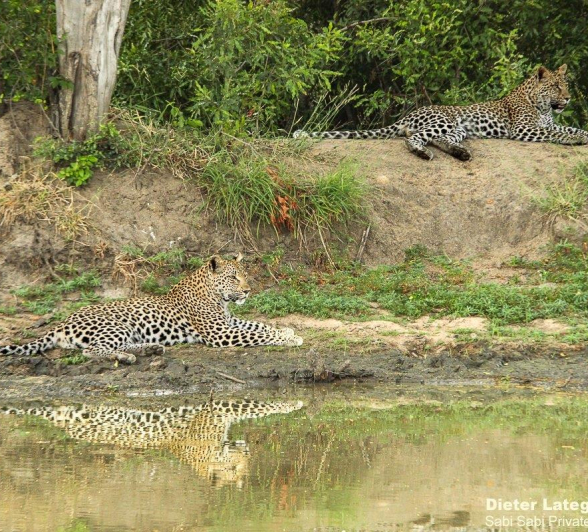
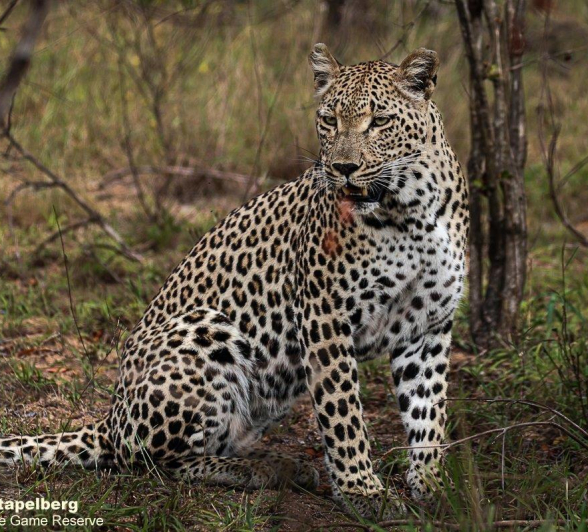
Our last sighting of Ntsumi was of her lying on top of a termite mound. She lay there for a short while and then started moving, scent marking every now and then while moving through but still being very cautious of what could be around her, stopping every now and then just to have a good look around. We followed her all the way to a big Marula tree where she decided to climb up and take a break for the morning and rest up for the busy day that she had ahead of her.
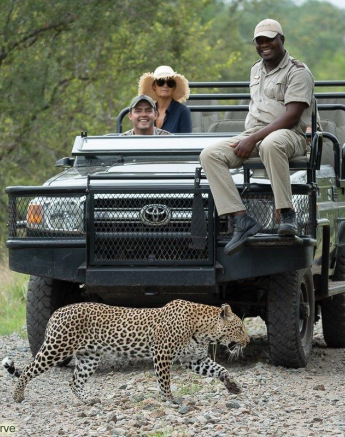
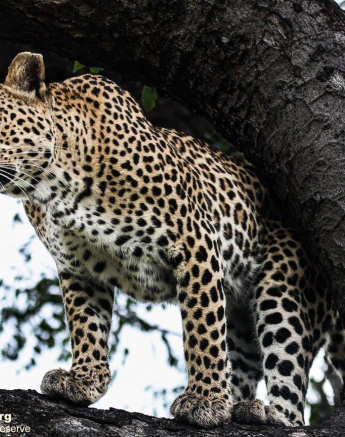
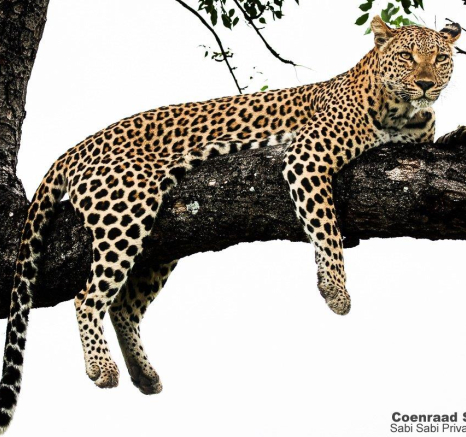
We found the Kigelia female leopard and her independent cub, Jacana. Jacana, seemingly a little too close for comfort and she rested in a tree above her mother, was most certainly pushing the boundary in her mother’s territory. Tension started to rise as Kigelia started to salivate and growl, a sure sign of her disapproval.
Although Jacana is what we consider independent and has been for some time, it’s not uncommon that she will pass through her mothers’ territory. His mother, Kigelia, has parted ways with a portion of this land for her daughters’ take over, but this doesn’t mean that she will always tolerate their presence. A rather interesting dynamic to watch.
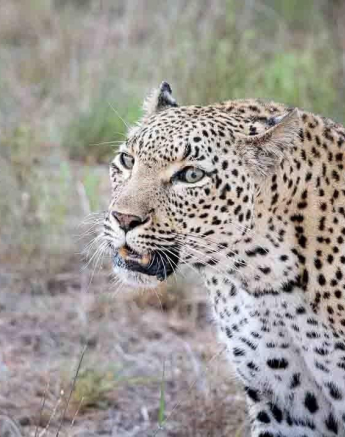
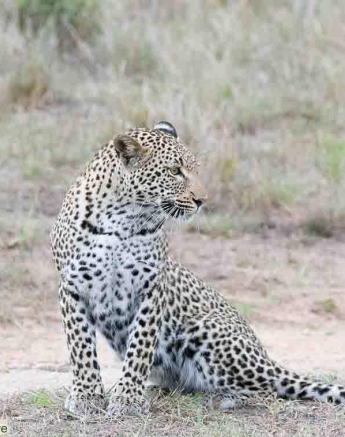
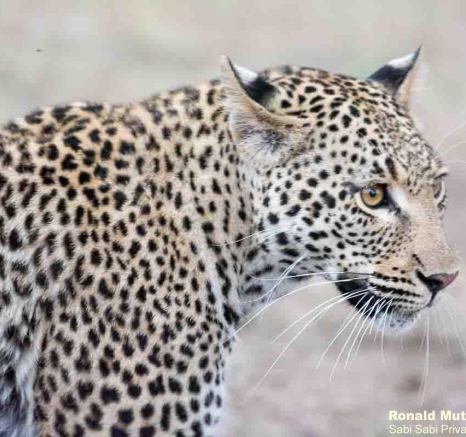
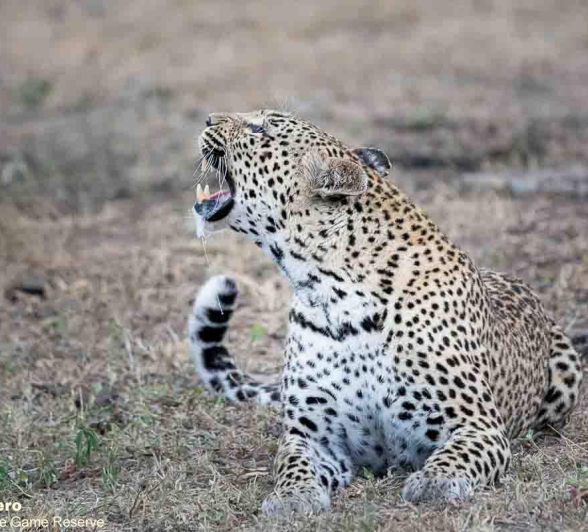
N’weti male leopard was sitting close to a dam and once he became mobile, we followed as he moved through a bushwillow thicket. As we were trying to manoeuvre around the trees, we heard the squeal of a warthog and found him with a piglet in his jaws. He later found a termite mound and hoisted his petit kill in a tree as he rested on top of the mound.
Leopards are skilled hunters and quite opportunists, even though he seemed full when we found him, he will still hunt if the opportunity is right, and conditions are in his favour. Being solitary and agile in trees, he can eat at his own leisure and stash his kill from prying scavengers.
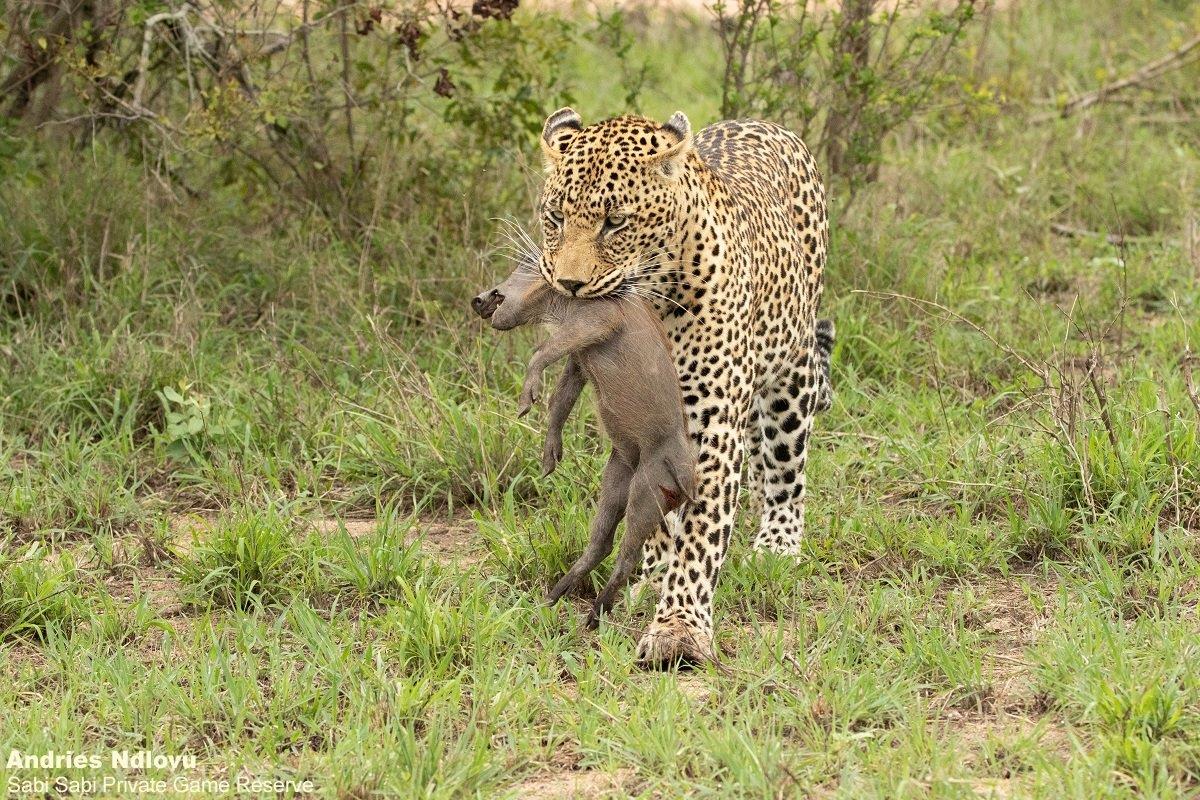
After thinking our morning couldn't get any better, we wanted to make our way through the reserve to look for a good spot to stop for a coffee break. We drove on and suddenly spotted the massive N’weti male leopard lying right next to the road with a female leopard.
We instantly knew that the 2 were mating, seeing as leopards are solitary animals and don't just hang around with each other for no reason. We watched as the female would move over and entice the big male to mate and afterwards just fall over again and enjoy the cool overcast weather we were experiencing.
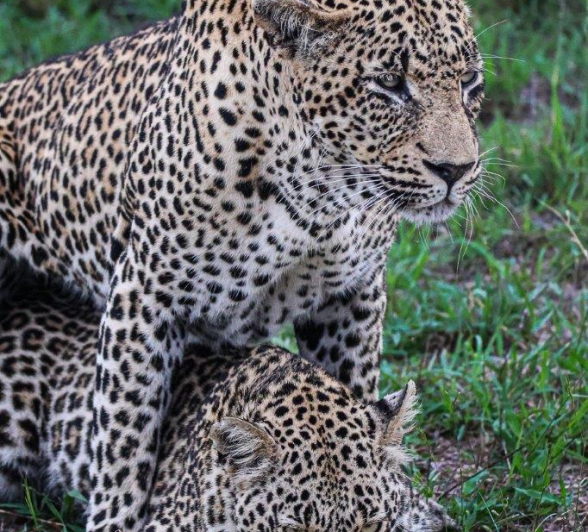
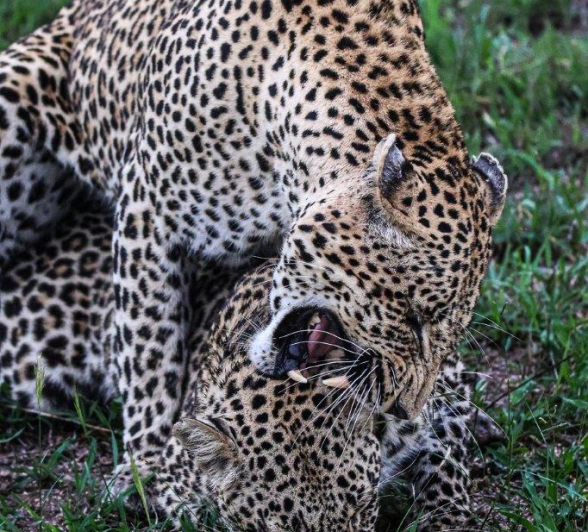
Driving down one of the many roads on the reserve we found some drag marks on the road and some tracks of a female leopard. We saw that the female was on a termite mound but there was no sign of the kill.
We watched as she lay there cleaning herself after having a good meal. She got up after some time and tried to stalk a giraffe which sparked up some giggles on the vehicle as she was clearly way too small to even consider hunting a giraffe.
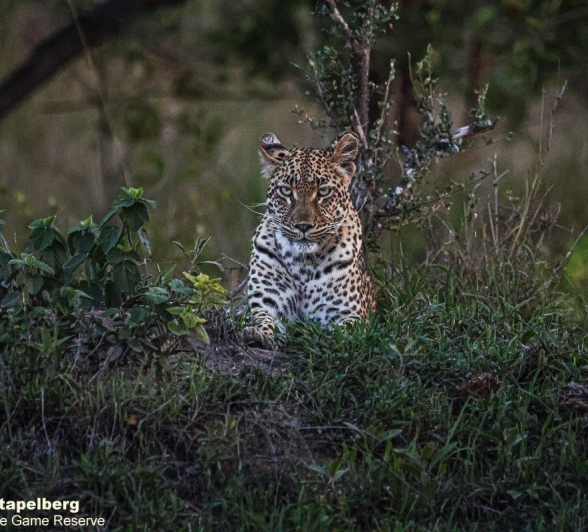
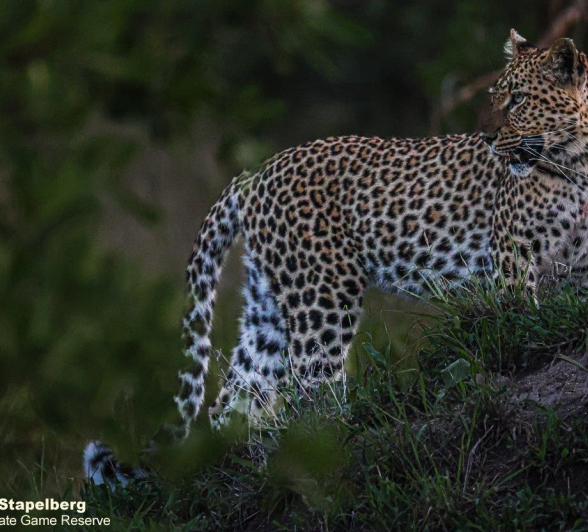
After a lot of rainfall the night before, we knew that the morning safari would be difficult. We went around looking for any signs of animals out in the bush. We stumbled upon some very fresh lion tracks, and we knew that they would be very close. We followed them and managed to track them down very quickly.
The lions were on the move, and we struggled to keep up seeing as there was a lot of water out in the bush because of the rain, but we did manage to get a great view of them as they moved through the bush.
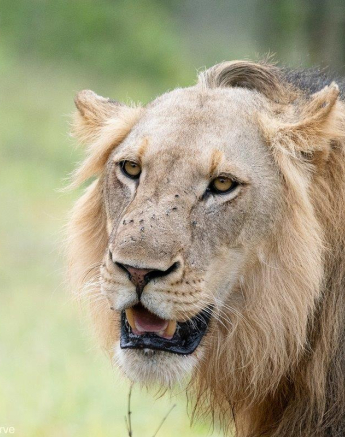
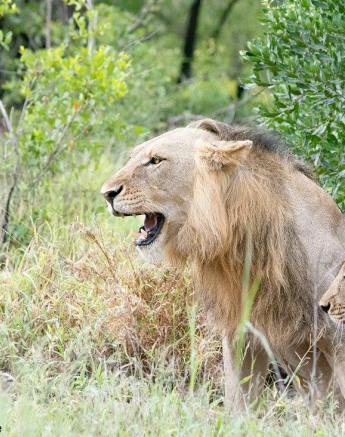
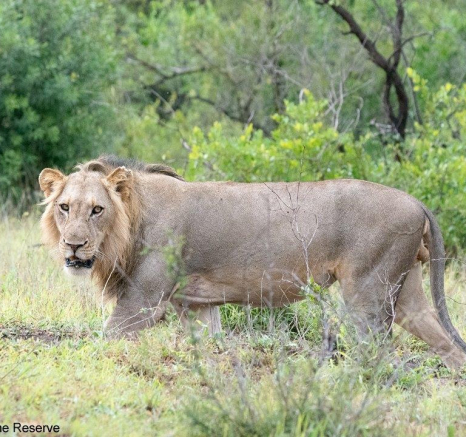
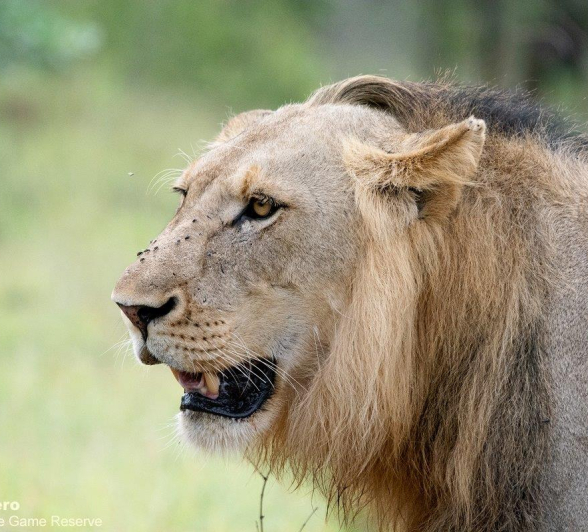
Our eyes were focused on the bush, searching for any movement or signs that might indicate lions. And there they were, 5 of the cubs from the Styx Pride, with their bellies full, walking down the road.
We followed them as they made their way through the bush, hoping that they would lead us to the rest of the pride. But they made themselves comfortable in an open area. While with them, we could hear lions calling in the distance, assuming this might be the mothers with the other two cubs looking for them as it got their attention too.
We decided to leave them and follow up on the calls. As we left, we heard impalas making an alarm call, and decided this might be a good place to start looking. We found the impalas that made the alarm call and they all looked in one direction, which is another good sign. Not too far from the impalas, we found one big female and another cub. We knew if we just waited a little bit, they would reunite with the other five cubs. The cubs are on the move again, in our direction. We waited for the cubs to come closer until they realised one of the moms was close by. As soon as they saw her and the other cub, they ran to one another, greeting each other with a head rub, excited to see each other. We just hope that they will find the other mom and the last cub soon!
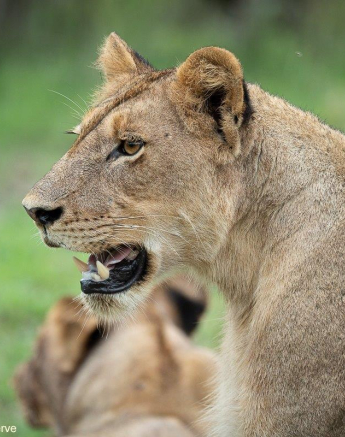
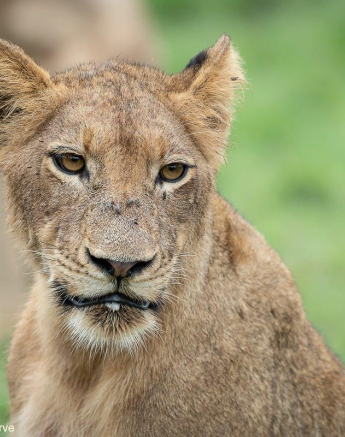
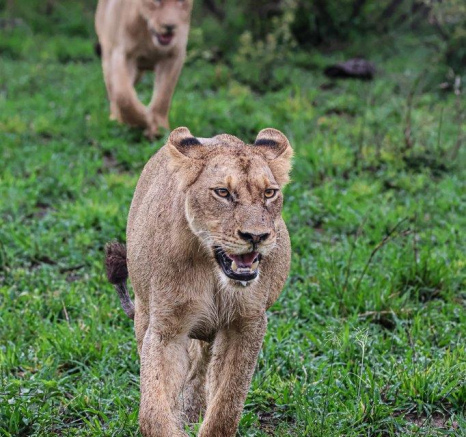
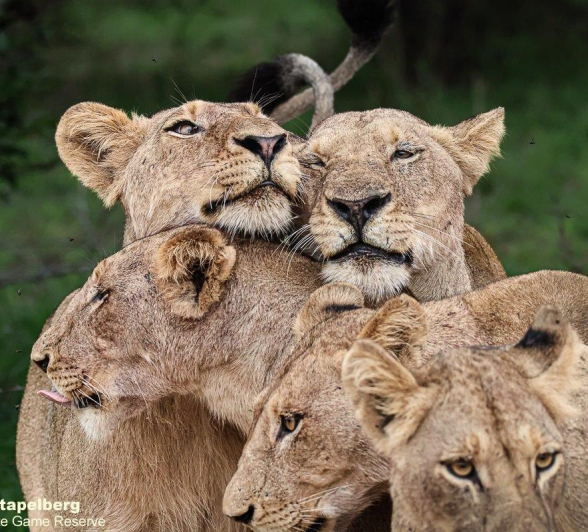
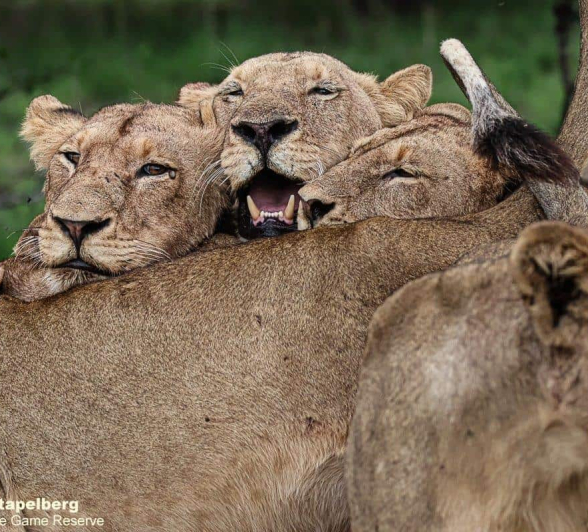
We had a great sighting of a herd of elephants at a waterhole, just what our guests had wished to see on safari! The inquisitive younger elephants got close to the vehicle, but something caught our attention as the herd suddenly became protective. A hyena appeared, as curious as ever, then continued on its way.
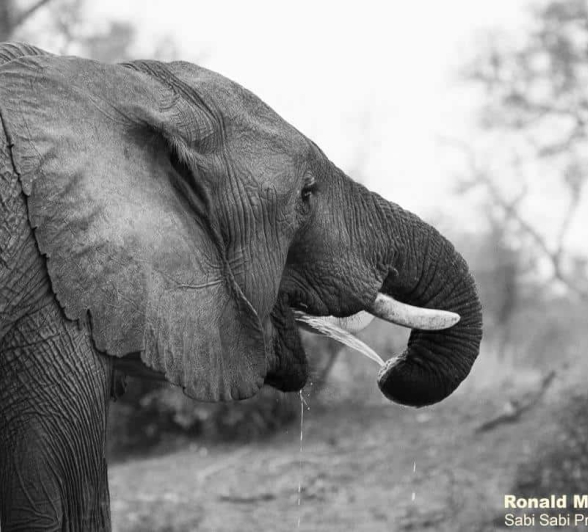
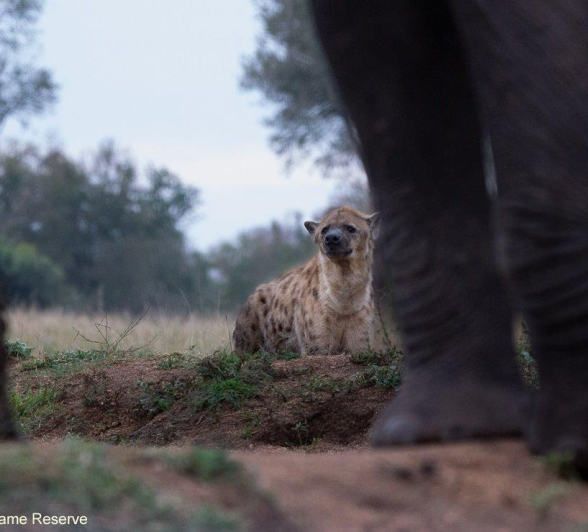
Equipped with a robust bill, the Yellow-billed Oxpecker has a definite advantage over the Red-billed Oxpecker. The broader tip of its bill allows it to go for larger ticks and scissor through longer denser fur as in the case of the buffalo they are clinging on to.
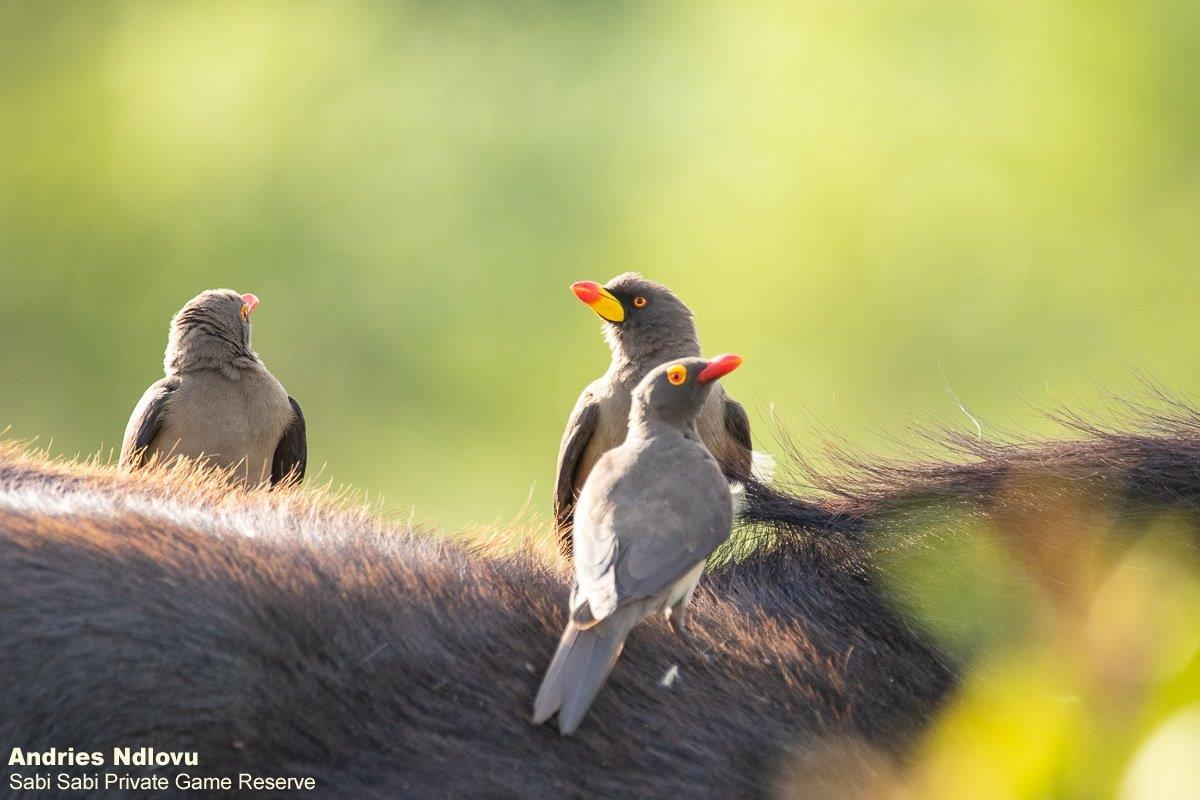
Flashes of blue throughout the air, from the streaks of blue sky to the beautiful colours of a Woodland kingfisher looking for its next meal with the beautiful blue feathers covering its back.
Although the name says kingfisher, the Woodland kingfisher’s diet is predominantly flying insects that fly up out of the grass. The Woodland kingfisher is one of the most incredible examples of colour you will ever see on an animal, with blue covering most of its wings and back and then a small black patch on the wing. These birds are a beautiful sight to behold.
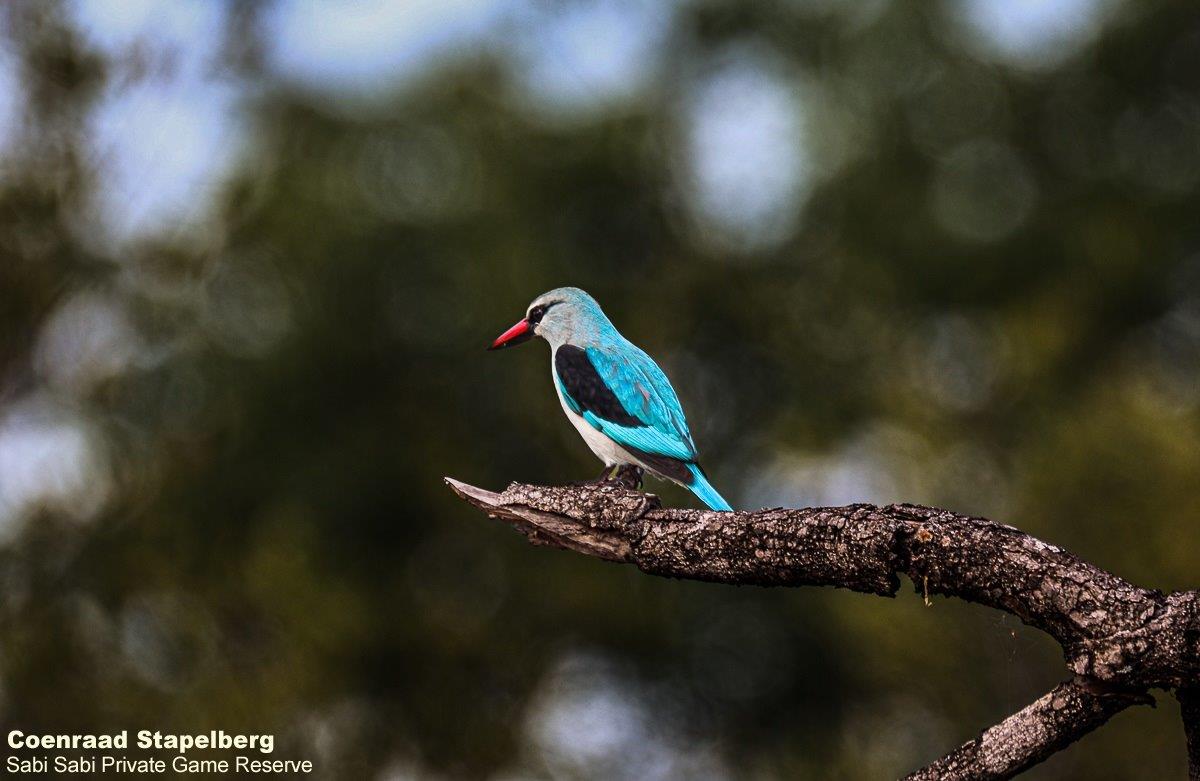
Watching young elephants galivant through the bush is a joy to witness! This calf fought hard to ensure his little stride kept up with the herd that was moving rather quickly. Although seeming rather independent in his race to the front, there is always a guiding trunk to steer him straight.
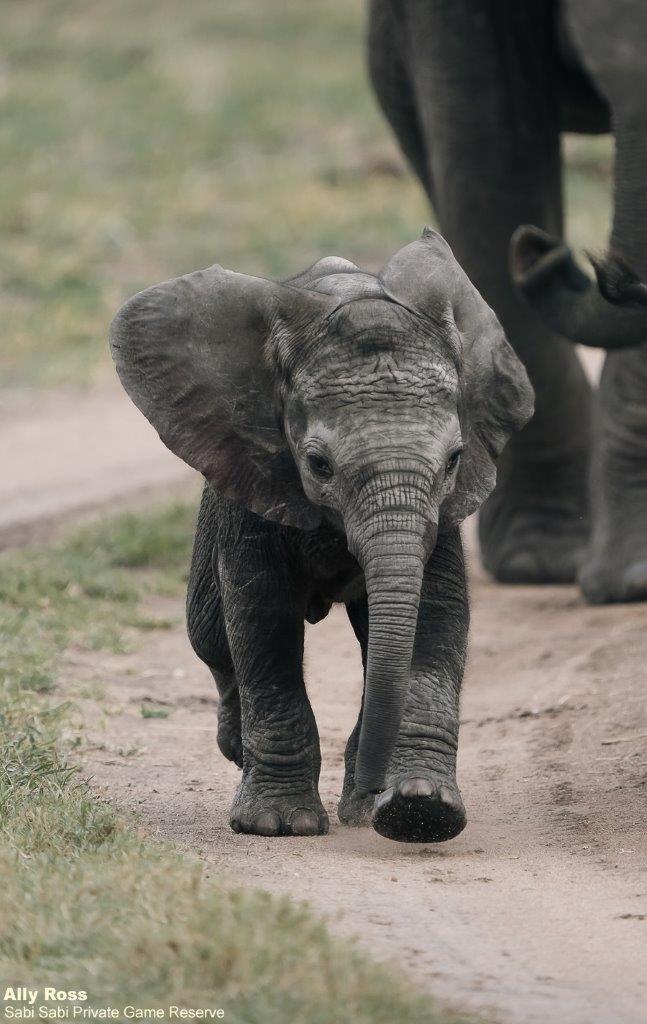
Until next time...







